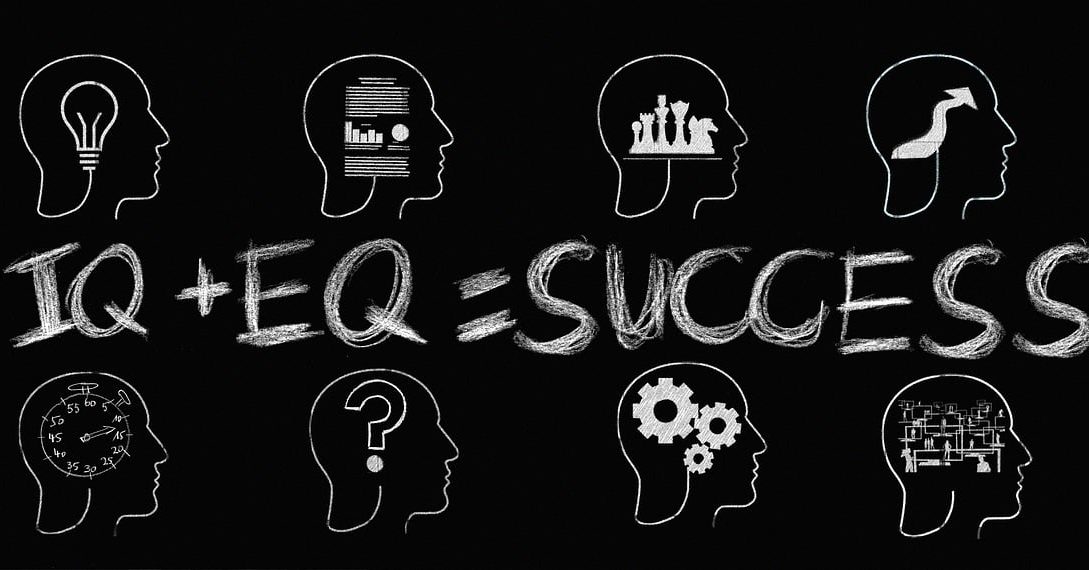In the fast-paced, metrics-driven world of 2025, it’s easy to get lost in performance dashboards, automation tools, and quarterly targets. But behind every high-performing team is something less quantifiable yet increasingly crucial: emotional intelligence (EI). Often brushed aside as a “soft skill,” EI is now proving itself to be a strategic necessity, delivering real, measurable business results.
Emotional Intelligence, Defined and Demystified
Emotional intelligence is more than being “nice” or managing tempers. It’s the ability to recognise and understand your own emotions, manage your reactions, and perceive and influence others’ emotional states. Daniel Goleman popularised five key components: self-awareness, self-regulation, motivation, empathy, and social skills. These aren’t abstract concepts—they’re competencies that shape how teams collaborate, lead, and innovate. In 2025, EI isn’t a leadership bonus. It’s a core differentiator.
The Business Case for EI: From Empathy to Equity
Still think EI is intangible? Consider this: teams with high emotional intelligence have been shown to achieve 21% higher productivity according to Gallup. Employees with emotionally intelligent leaders report 38% greater job satisfaction, based on LinkedIn’s 2024 findings. Frontline teams that undergo empathy training have seen a 15% rise in customer Net Promoter Scores, and companies that prioritise EI in leadership have experienced a 25% boost in return on equity. EI fuels better decision-making, retention, and customer loyalty—the holy trinity of business growth.
Moving from Awareness to Action
If you want emotionally intelligent teams, you can’t just talk about it. You need to build it deliberately.
Train leaders beyond tech skills by investing in programmes that develop self-awareness, empathy, and reflective thinking. These might include journaling, feedback sessions, and peer mentoring. Create rituals that foster emotional check-ins, such as starting meetings with a quick question like, “One word on how you’re feeling today?” It may seem small, but it creates powerful habits of awareness. Prioritise psychological safety by encouraging candour and building cultures where feedback flows both ways and mistakes are treated as learning moments. This lays the foundation for deeper trust, which is essential for high-functioning teams and resilient leadership. For organisations looking to take it a step further, explore resources aimed at deepening emotional intelligence in teams. Finally, use role-play and simulations to help teams practise emotional control and empathy in high-pressure scenarios, such as handling conflict or supporting customers.
Measuring What Matters
To embed EI in your business DNA, track it like you would any key metric. Use 360° feedback tools to assess emotional competency across teams. Pulse surveys can provide insight into how employees perceive trust, empathy, and inclusion. Monitoring customer sentiment alongside your typical performance indicators offers a window into the emotional impact of service. Finally, compare retention rates before and after EI initiatives to see whether cultural improvements are translating into loyalty.
Leading with EI in Remote & Hybrid Teams
With distributed teams the new norm, digital empathy is vital to maintaining meaningful human connection. A video-first meeting culture brings tone and facial expression into conversations, reducing the risk of miscommunication and emotional detachment. Asynchronous emotional updates—such as digital journals or shared team forums—allow team members to express and process feelings at their own pace, helping to reduce emotional bottlenecks. Hosting virtual empathy circles, where teammates can safely share feedback, frustrations, and wins, can create a deeper sense of psychological safety. Remote mentorship programmes also ensure that interpersonal growth doesn’t fall by the wayside just because people are working from different locations. For more insights on nurturing emotional intelligence while navigating collaborative challenges across distance, explore our reflections on building an effective relationship with your interior designer.
Tools to Develop Emotional Intelligence at Scale
A growing number of platforms support EI development, offering practical tools for teams and leaders alike. EQ assessments such as EQ-i 2.0 or Insights Discovery help organisations benchmark existing emotional competencies and identify gaps. Mindfulness apps like Headspace for Work can help employees build self-awareness and regulate emotional responses, particularly under stress. Leadership coaching programmes, increasingly customised, now focus on enhancing empathy, influence, and resilience—especially among mid-level managers. In parallel, team workshops centred on active listening, conflict resolution, and transparent communication give employees the chance to translate EI concepts into everyday behaviours. These layered approaches make EI development both scalable and sustainable. For a broader look at how emotional understanding shapes team dynamics and workspaces, explore our take on how lighting influences mood and collaboration.
Real Results: Case Studies from the Front Line
A UK fintech scale-up implemented EI-focused manager training, which reduced employee churn by 19% and improved the delivery of cross-functional projects. A remote EdTech firm introduced asynchronous journalling and empathy sessions, resulting in a 27% reduction in burnout and improved sprint velocity. Meanwhile, a large retail chain trained its floor staff in empathy, which led to a 12% increase in upselling success. In each of these cases, emotional intelligence translated directly into performance, retention, and customer success.
Action Plan: Bringing EI Into Your 2025 Strategy
Here’s a roadmap to embed emotional intelligence into your culture:
| Quarter | Focus | Action Item |
| Q2 | Baseline EI Assessment | Roll out 360° feedback & empathy surveys |
| Q3 | Leadership Development | Start EI training and emotional check-ins |
| Q4 | Teamwide Integration | Launch empathy rituals and conflict workshops |
| Q1 2026 | Measure & Iterate | Review retention, sentiment, and customer KPIs |
Final Thought
In 2025, emotional intelligence isn’t a buzzword—it’s a business strategy. Leaders who cultivate empathy, emotional agility, and psychological safety won’t just build better teams. They’ll win in the metrics that matter.
Because at the end of the day, high EQ means high performance.








